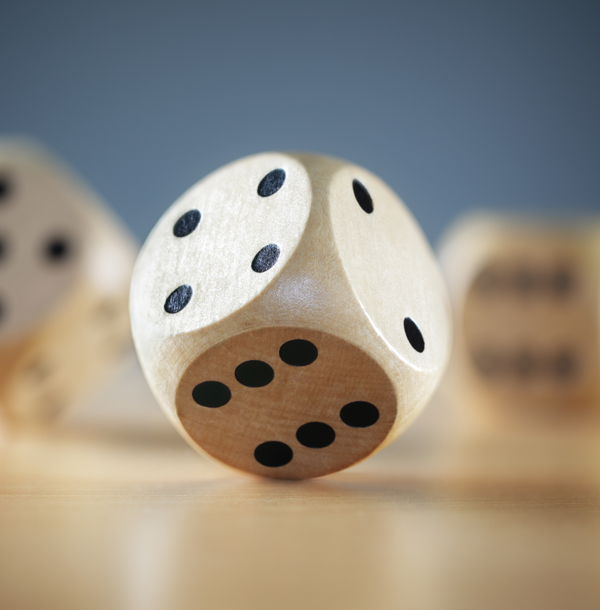
There was something like 8 purple nerds, 6 pink nerds, 2 smarties, 4 gobstoppers, and 2 purple skittles and 1 red skittles. I decided to have students use experimental probability to predict which candy was in a bag. I went through my desk and found a bag of my 3-year old son’s Halloween candy. I then did what all teachers do from time to time, I improvised. Then, on Wednesday morning I realized I had forgotten to get the candy, again (oops!). I was going to do this activity on a Tuesday, but I forgot to get the M&Ms. Each students got a little bag of M&Ms and did an experiment to predict how many M&Ms were in their bag. I had found this activity ahead of time and I was super excited to use it. By starting off by playing this game, it built students’ background and gave us a common experience to refer back to as we talked about probability.

Throughout the unit I let students go back and play this game when they finished something early. Then, we discussed how each game was related to probability. I showed the students how the game worked and then let them play for a few minutes. Each game has some sort of probability concept. After you earn some tickets with the wheel, you can enter the carnival and play some other games. The carnival theme makes it very playful. When you first start you have to earn tickets by choosing the best probability on a spinner wheel. This game uses a few probability concepts.
#Risk probability game how to
As long as it is easy to understand how to play, they will play it. Also, they don’t seem to be very picky about the games.
#Risk probability game free
Once you confirm your email, you’ll instantly get a FREE integers maze to try out today.Ĭan’t wait to see you there! Probability Fair Online Game Want to get free middle school math mazes on middle school math concepts sent right to your inbox? Sign up here & join the Maze of the Month club. That makes this resource great for online or distance learning, as well as in the traditional class setting. These mazes now also includes a digital version of all 3 mazes created in Google Slides. You’ll watch your students completing the maze and not noticing how much math work they’re doing. If you haven’t tried a maze you’ve gotta try this one. I use mazes as a daily warm-up to review what students have previously learned, so these would be perfect for the middle of your simple probability unit. They increase in complexity from one maze to the next and will give your students a lot of examples to practice simple probability. The following three activities really got my students ready to learn about probability: Simple Probability MazesĪ great way to start your class is with a maze and this set of 3 mazes won’t disappoint. So, I’m happy to share with you some of the anticipatory sets, or hooks, I use for simple probability. Hooks get kids invested in the lesson and they activate prior knowledge. When I get back to do them, I quickly remember why they exist in the first place and just how important they really are. With the time crunch that always seems pressing down on me, I go through periods where I don’t use an anticipatory set. Sometimes I forget to have hooks for my lesson. Interactive Probability Tools Anticipatory Sets or Hooks Simple Probability Mazes (Printable & Digital) 10 activities for practice with simple probability: Let’s dive into some fun and easy ways to get students thinking about simple probability. If you are looking for more about how I break down teaching and modeling simple probability, check out this post. When I look for activities I know that I need hooks, practice activities and extensions. This topic lends itself to a lot of hands-on demonstrations and activities, which can be really fun. When you teach simple probability, it seems like you have to strike a balance between showing students how probability works and getting them to understand the math behind it.


 0 kommentar(er)
0 kommentar(er)
